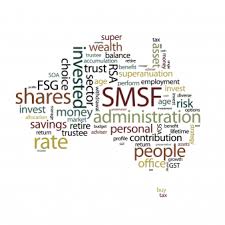Speaking at a conference, Jeremy Hirschhorn, Second Commissioner Client Engagement Group delivered an update on the ATO’s strategic focus areas as well as improvements that the ATO has been making over the past few years to keep up with the digitisation of many processes. While Mr Hirschhorn noted that many businesses are doing the right thing and paying their fair share of taxes, in particular the larger companies “supported by special funding under the Tax Avoidance Taskforce”, the focus is now turning to smaller businesses and individuals.
According to the ATO, small business across all types of taxes represents as much as $15bn of the total $33.5bn tax gap. The appears to be a combination of deliberate avoidance (ie being a part of the shadow economy), simple mistakes by a large number of small businesses, and non-engagement with debts. This lack of engagement by small businesses is said to have caused the ATO’s collectable debt book to grow significantly during the COVID-19 pandemic.
While the ATO has taken a relatively relaxed position to debts of small businesses thus far, it is now “looking to normalise [the debt book] over time”. This acknowledgment, coupled with previous news that the ATO has resumed collecting aged debt can only mean that debt collection activities will be ramping up in the coming months. With this increase in activity as well as potentially recommencing audits, the ATO will be seeking to engage with taxpayers earlier and more transparently.
It points to the recent issuance of 30,000 awareness letters for disclosure of business tax debts, and 52,000 awareness letters about the use of director penalty notices, which have prompted more than 20,000 taxpayers to respond and enter into payment plans worth around $4bn. In addition to early engagement, a digital improvement that the ATO has made to help small businesses avoid mistakes in the first place is real-time prompts. For example, GST reporting now incorporates client-specific messaging before the lodgment of an activity statement to allow for self-correction. Through this system, the ATO has assisted taxpayers to correct their GST reporting with adjustments of around $73m.
In relation to individuals, the over-claiming of work-related expenses was a concern for the ATO. Again, this involved both deliberate over-claiming using creative methods and/or mistakes such as being overly optimistic about what is allowable.
Property investments also remain on the ATO’s area of focus. Mr Hirschhorn noted that there was a “spectrum from true investment properties through to holiday homes which are occasionally let out in the low season (or listed on Airbnb at exorbitant rates ‘just for show’)”. To address this, the Mr Hirschhorn outlined the ATO’s strategy of sharing data with taxpayers pre-lodgment to avoid mistakes happening in the first place, while also attempting to obtain third party data sources where the “intrusiveness” of the request is outweighed by the tax gap it is trying to tackle. With this in mind, in areas such as rental properties where there is significant non-compliance, the ATO has a “high appetite to obtain third party data”.





